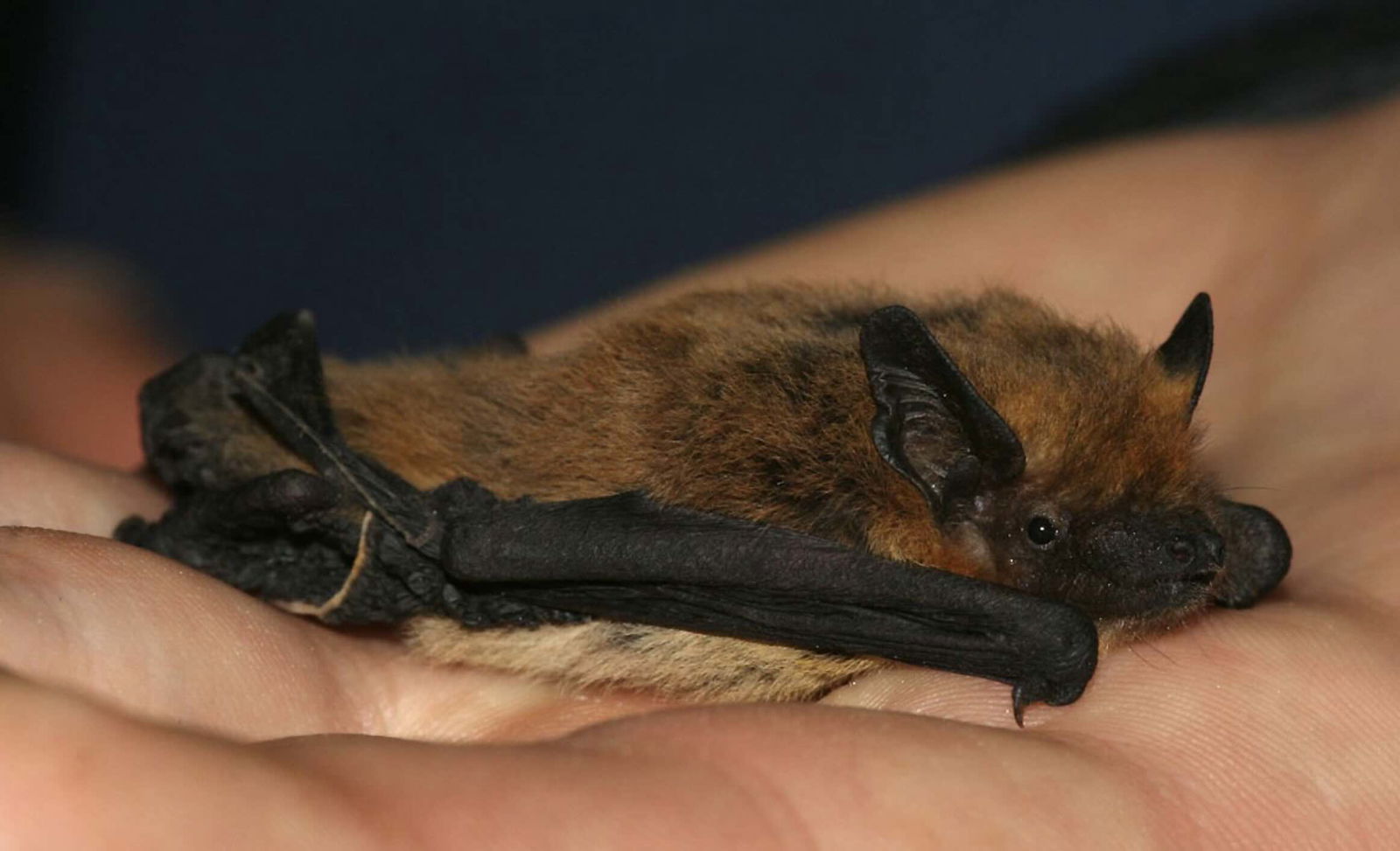According to recent research by German and Israeli scientists, bats’ echolocation maps are far more expansive than previously thought, allowing them to navigate journeys spanning several kilometers.
The study focused on the 6-gram Kuhl’s pipistrelle bat. Using an ATLA reverse GPS system and sensory monitoring equipment, the researchers tracked how these bats navigated Israel’s Hula Valley.
Nocturnal Fieldwork
Experts from the Max Planck Institute of Animal Behavior, the Cluster of Excellence Centre for the Advanced Study of Collective Behaviour at the University of Konstanz in Germany, Tel Aviv University, and the Hebrew University of Jerusalem collaborated to explore the bats’ sensory capabilities.
The team conducted fieldwork over several nights, studying 76 agile Kuhl’s pipistrelles. After removing the bats from their roosts, the scientists released them at various points within a three-kilometer radius of their original location. Remarkably, 95 percent of the bats returned to their roosts within minutes, despite being disoriented and surrounded by darkness.
This result was surprising, given that echolocation has a limited, directional range. Although the bats were far beyond the range where they could detect their roosts directly, their short-range sense of echolocation enabled them to navigate over several kilometers. Equally surprising, sensors revealed that the bats were using their notoriously weak vision as a supplementary navigational aid.
“We were surprised to discover that these bats also use vision,” said Aya Goldshtein. “That was not what we expected. It was incredible to see that, even with such small eyes, they can rely on vision under these conditions.”
Interestingly, the bats did not appear to use their sense of smell for navigation. The team also investigated whether the bats possessed a “sixth sense” for detecting magnetic fields, as seen in other flying creatures like birds and butterflies, but found no evidence supporting this in their data.
Analyzing the Nocturnal Pathways
The researchers compared the extensive real-time tracking data against highly detailed maps of the study area. “We wanted to visualize what each bat experienced during flight and understand how they used acoustic information to navigate,” explained Xing Chen of Tel Aviv University, who created the maps. The bats seemed to rely on landmarks, though not necessarily the visual landmarks familiar to human observers. Instead, they used objects with high echoic entropy—meaning these objects returned rich and detailed echoes.
The bats combined their strong memory of familiar terrain with these high-entropy landmarks. They flew in loose, meandering paths until they recognized an echo-rich landmark, at which point their flight paths became more direct, guiding them efficiently back to their roosts. This behavior suggests that the bats possess far more advanced echo mapping abilities than previously believed. To test this further, the team blindfolded some bats, finding that although vision enhanced navigation, the bats could still return home using echolocation alone.
Kuhl’s Pipistrelle
The small Kuhl’s pipistrelle is found across North Africa, Southern Europe, and West Asia. It typically prefers urban or agricultural settings and often roosts near humans. In more remote areas, it will seek shelter in trees or cliffs, but when in proximity to human settlements, it frequently nests in building cracks or basements. The species is widespread throughout the Mediterranean region.
The paper “Acoustic Cognitive Map–Based Navigation in Echolocating Bats” appeared on October 31, 2024 in the journal Science.
Ryan Whalen covers science and technology for The Debrief. He holds a BA in History and a Master of Library and Information Science with a certificate in Data Science. He can be contacted at ryan@thedebrief.org, and follow him on Twitter @mdntwvlf.

